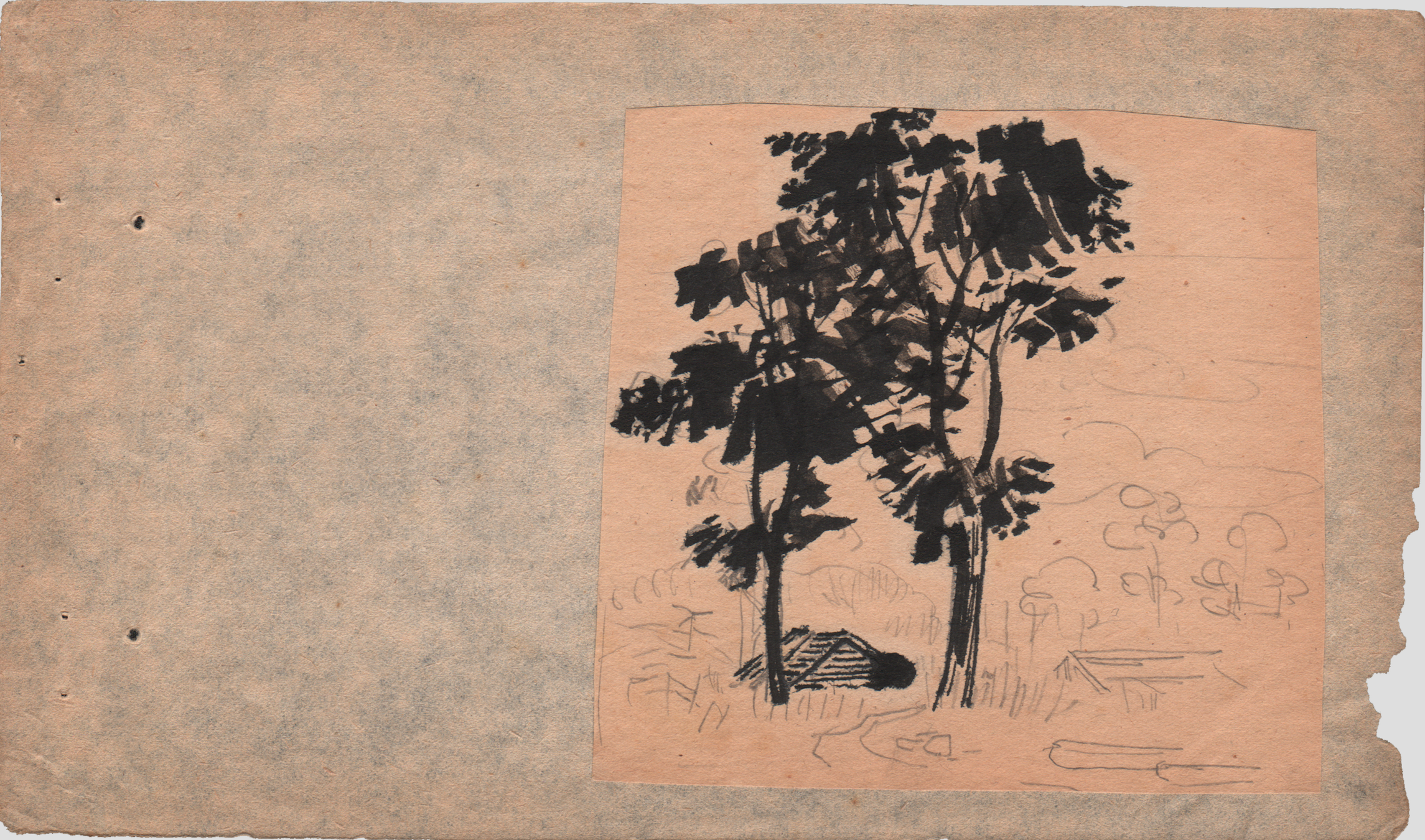“江潮在下落,慢慢的。桥上走着红旗队伍。艒艒船还在睡着,和小婴孩睡在摇篮中,听着母亲唱摇篮曲一样,声音越高越安静,因为知道妈妈在身边。” And:“艒艒船在作梦,在大海中飘动。原来是红旗的海,歌声的海,锣鼓的海。(总而言之不醒),(六点钟所见)。”
The first draft of “Abstract Lyricism” was found among the materials returned to Shen’s family several years after they were censored during the Cultural Revolution, and was probably written between July and August 1961.
See David Der-wei Wang, The Lyrical in Epic Time: Modern Chinese Intellectuals and Artists Through the 1949 Crisis (Columbia University Press, 2015).
See Hong Zicheng, Contemporary Literary History of China (Beijing University Press, 1999).
The question of the transformation of the concept of “realism” from the 1950s to the 1970s is complicated. There has never been a unified definition of realism among historians or those with personal experience of the period. Caught between the frameworks of “socialist realism,” “the combination of revolutionary realism and revolutionary romanticism,” “authenticity,” “eulogy versus exposure,” and “critical realism,” realism was forever locked in a binary debate on the relationship between politics and art, content and form, with the debate itself mediated by each cycle of political relaxation and retrenchment. In the early 1950s, “socialist realism” as introduced by the Soviet Union became the dominant creative principle in art circles in China. During the Hundred Flowers movement, some critics suggested that the concept be replaced by other terms, such as “realism in the socialist period.” At the second general meeting of the China Artist’s Association in 1960, it was decided that the following phrase should be deleted from the association’s original charter: “should adopt socialist realism and the critical method.” At the time, the “two combination” (两结合) method was recognized as the best creative method. In the late 1970s, there was significant discussion on the redefinition, remodeling, or even the rejection of “realism.” Collective consciousness and the new trend of the times were the natural carriers of these debates. Instead of “realism,” this essay uses the phrase “socialist art,” but neither of these terms can capture the full connotations and ramifications of the concept.
See Wang Fansen, The “Capillary” Functions of Power: Scholarship, Thought and Mentality in the Qing Dynasty (Beijing daxue chubanshe, 2015).
T. J. Clark, “In Defense of Abstract Expressionism,” October, no. 69 (1994): 48.
Marston Anderson, The Limits of Realism: Chinese Fiction in the Revolutionary Period (University of California Press, 1990), 12.
Wang Qi, Complete Works of Wang Qi, vol. 6 (Hunan Art Press, 2019), 254–55.
Shixiang Space, Beijing, 2020.
For a discussion of objective reality and expressive reality as proposed by scholar Huang Zongzhi, see Wang Hui, Depoliticized Politics: The End of the Short 20th Century and the 1990s (Shenghuo/du shu/xin zhi, Sanlian shudian, 2008).
The three speeches were, respectively: Zhou’s 1959 lecture to the Zhongnanhai Hall of the Purple Light Symposium, titled “Literature and Art Should Learn to Walk on Two Legs”; a 1960 speech to the All-China Art and Literature Work Forum and the All-China Feature Film Creation Conference held at the Beijing Xinqiao Hotel; and a lecture titled “On Intellectuals” delivered to the 1962 Theatre Symposium held in Guangzhou.
See Ma Xianghui, “Emotion, Reason and the Other in Art,” Fine Arts, no. 11 (1956).
This article was written in Chinese, translated by Hannah Theaker, and is published here with abridgements. The original article is based on the exhibition Community of Feeling: Emotional Patterns in Art in Post-1949 China (Beijing Inside-Out Art Museum, 2019), curated by the author, and will be included in the forthcoming eponymous catalogue to be published by Zhejiang Photographic Press in Hangzhou, China.
